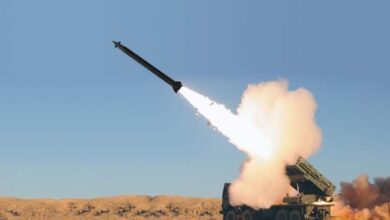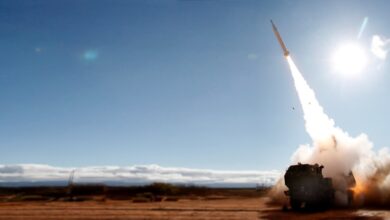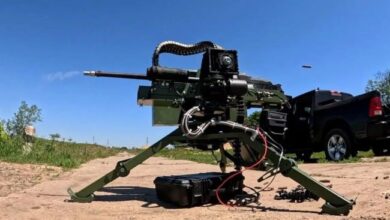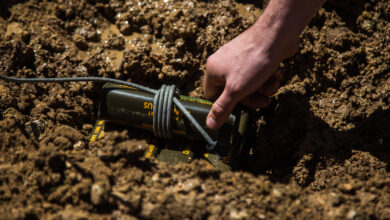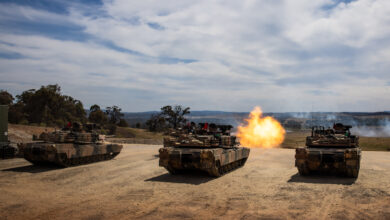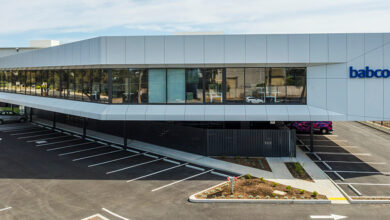Australian Army Receives Deployable Counter-Explosive Laboratories
The Australian Army has taken delivery of two deployable anti-improvised explosive device (IED) laboratories from Indra.
The Weapons Technical Intelligence (WTI) enables users to collect, track, and analyze IED threats according to tactical, technical, and forensic approaches, consolidating each component and recovering traces of materials used in handling and building IEDs.
The WTI can also support non-tactical tasks such as natural disaster missions.
Each laboratory has chemical, biological, electronic, and technical operations capabilities. They incorporate a triage facility, a command and control room, and protective storage for evidence and hazardous materials.
The systems shipped to Australia are encased in ISO 20 military standard container shelters compatible with logistics vehicles in service with the Australian Defence Force.

“The real value of this system lies in the fact that it provides state-of-the-art equipment and operating methods in a modular and scalable deployment configuration,” Indra WTI Project Manager Adam Taylor explained.
“The laboratory thus provides the operation’s commanders with rapid and actionable intelligence on the improvised explosive devices in situ, which could allow them to enter the attack cycle of their adversaries.”
“It’s an intrusive but non-destructive process, so it allows for deeper subsequent detonation.”
Local Industry Cooperation
Over 90 percent of the project was completed in Australia. The two WTI labs were delivered with the support of local equipment developers and distributors.
“Indra Australia has continued to reinforce its cooperation with Daronmont Technologies and Zenith Custom Creations to manufacture the laboratories in Australia,” the company said.
“In addition, Indra has leveraged the global experience acquired in other programs further enhancing the collective capabilities in the country to provide deployable infrastructures to the Australian Armed Forces.”
“This will guarantee exceptionally high levels of Australian industrial capability in the content of the program.”




